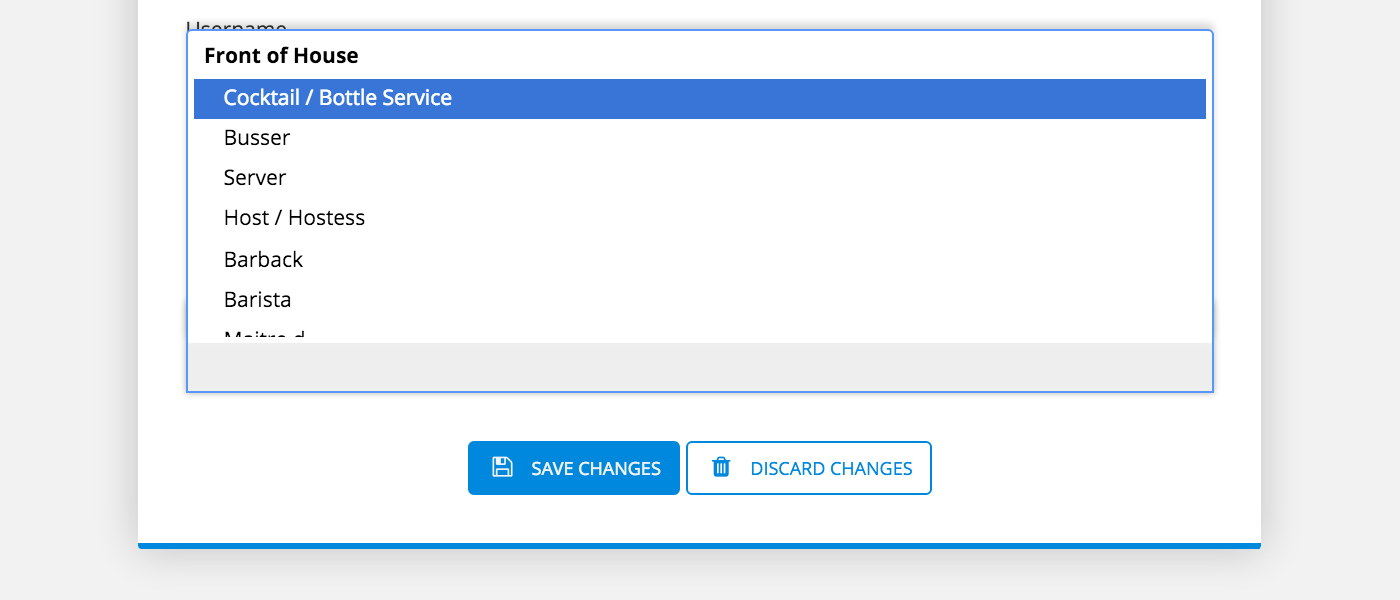21 States (and Dozens of Cities) Affected by 2017 Minimum Wage Increases: What Restaurants Can Do Now
/Who is Impacted?
There is no doubt that the two industries with the most at risk over the impending minimum wage increases are retail and hospitality. Especially, in hospitality, the increases are set to affect over 14 million Americans in the hospitality/ food & beverage industries - that's nearly 10 percent of the entire United States workforce. Of course, the attempt to close the wage gap amongst restaurant employees is very important. However, with these changes coming, restaurant owners and operators must prepare their staff. Below are the 21 states, along with their cities/ counties where the new minimum wage increases are taking place:
States Affected:
Alaska - $9.80
Arizona - $10.00
Arkansas - $8.50
California - $10.00 for small employers; 10.50 for large employers
Colorado - $9.30
Connecticut - $10.10
Florida - $8.10
New York - Varies across state from $9.70 to $11 (as of 12/31/16)*
Ohio - $8.15
Oregon - $10.25 (as of July)
South Dakota - $8.65
Vermont - $10.00
Washington - $11.00
*The basic minimum wage is $9.70 in most of the state. But it's higher for the fast food industry; Long Island; Westchester County; and large and small employers in New York City.
Cities & Counties:
California:
Cupertino - $12.00
El Cerrito - $12.25
Los Altos - $12.00
Mountain View - $13.00
Oakland - $12.86
Palo Alto - $12.00
Richmond - $12.30
Sacramento - $10.50 (large employers)
San Diego - $11.50
San Mateo - $12.00
- San Jose - $10.50
Santa Clara - $11.10
Sunnyvale - $13.00
- Hawaii - $9.25
Maine - $9.00
Maryland - $9.25 (as of July)
Massachusetts - $11.00
- Michigan - $8.90
Missouri - $7.70
Montana - $8.15
New Jersey - $8.44
District of Columbia:
- Washington, D.C. - $12.50 (as of July)
Iowa:
Johnson County - $10.10
Linn Country - $8.25
Wapello County - $8.20
Maine:
Portland - $10.68
New Mexico:
Albuquerque - $8.80
Bernalillo - $8.70
Las Cruces - $9.20
New York:
New York City - $11.00 (as of 12/31/16)
Long Island and Westchester, NY - $10.00 (as of 12/31/16)
Washington:
Seattle - $15.00
SeaTac - $15.35
Tacoma - $11.15
What Restaurants Can Do NOW …
Begin to Strategically Schedule Staff: Get your schedules down to a science by analyzing your most crucial shifts and recognizing the strongest members of your staff. If you’re short on time, the TeamLive tool on Harri is a great help to managers and operators, who need to align their schedules with real-time sales, better streamline their labor costs and control their overall staffing budget.
Take Your Restaurant/ Store Hours Into Consideration: Making this work means, keeping track of your stores’ sales patterns For example, if Monday - Friday @ 11:30 AM - 2:00 PM are very busy lunch-pops for you, yet there is a sharp dip between the hours of 5:00 PM - 10:00 PM, you may want to consider closing earlier during the week and drive all of your marketing efforts towards weekday lunch. Your POS weekly and monthly reports should be a great indicator of these trends. If you have never done this before, contact your POS company rep for help.
Think About Raising Menu Item Prices: This is the last resort, so, be sure that every change made is absolutely necessary. Go into this knowing that you may lose some guests at the expense of your menu changes. With the help of your culinary team analyze each menu item and break it down by cost.
Compare vendors on the pricing of specific ingredients (ie. if carrots cost more at Baldor than AFI than switching vendors could be effective in this case). Do your best to communicate to your guests that your business has slightly increased menu prices to stay open, pay your employees fair wages, and most significantly to continue to have the great privilege of serving them.

















